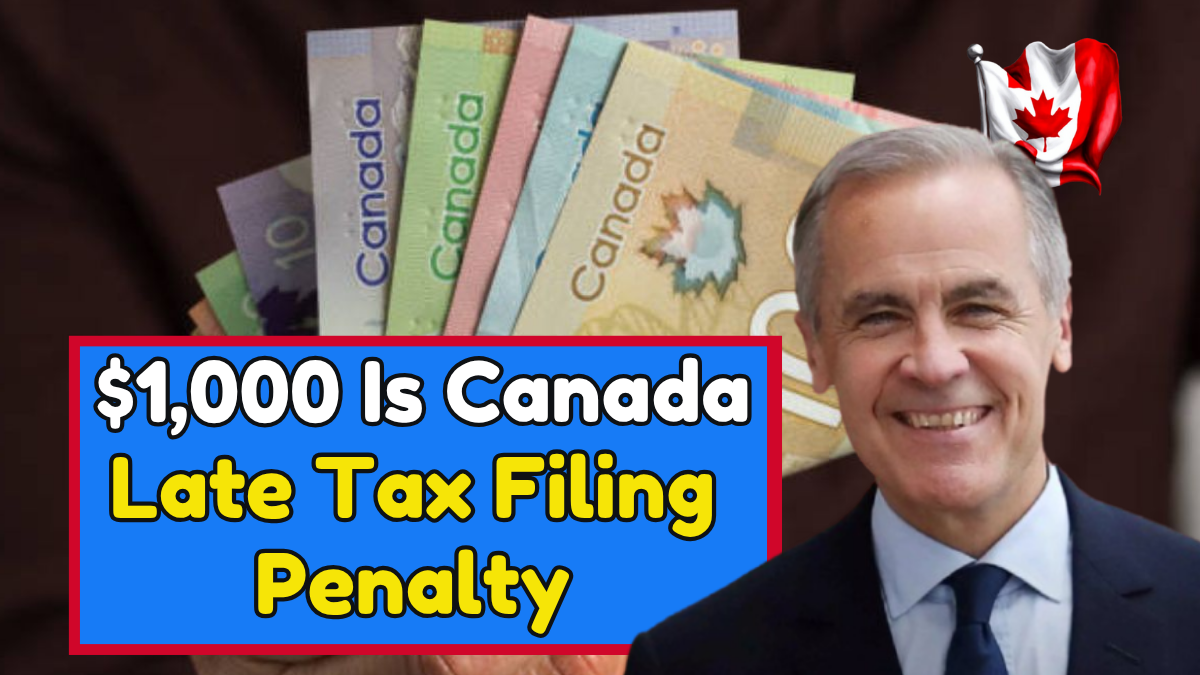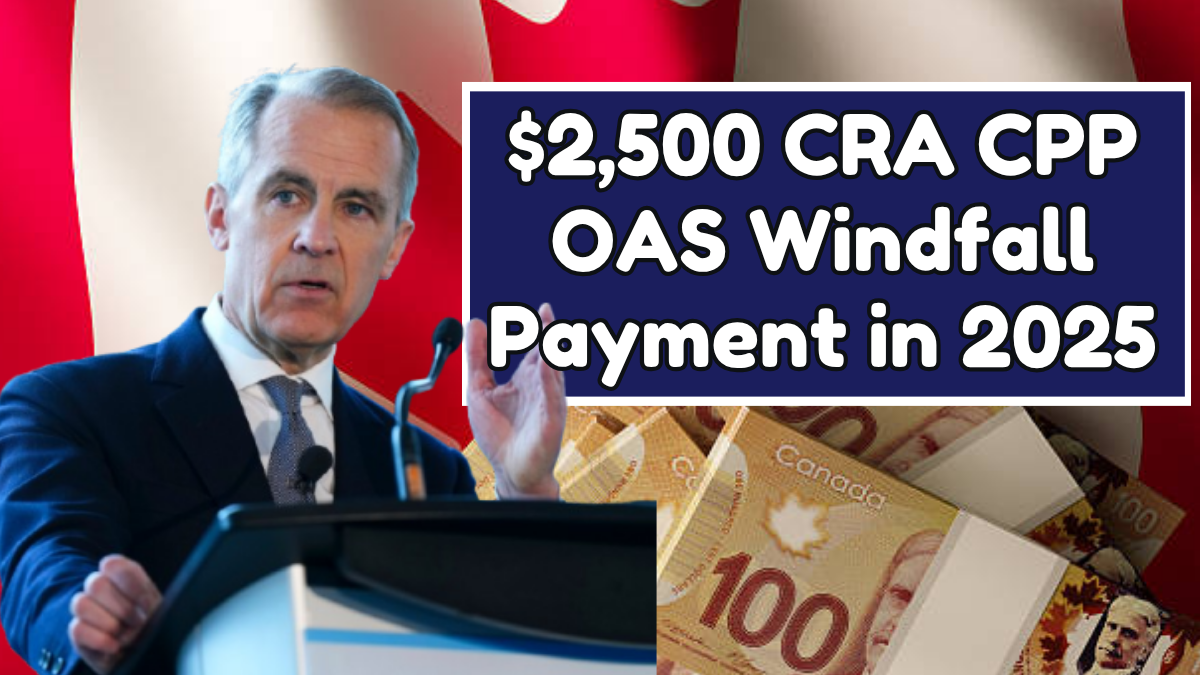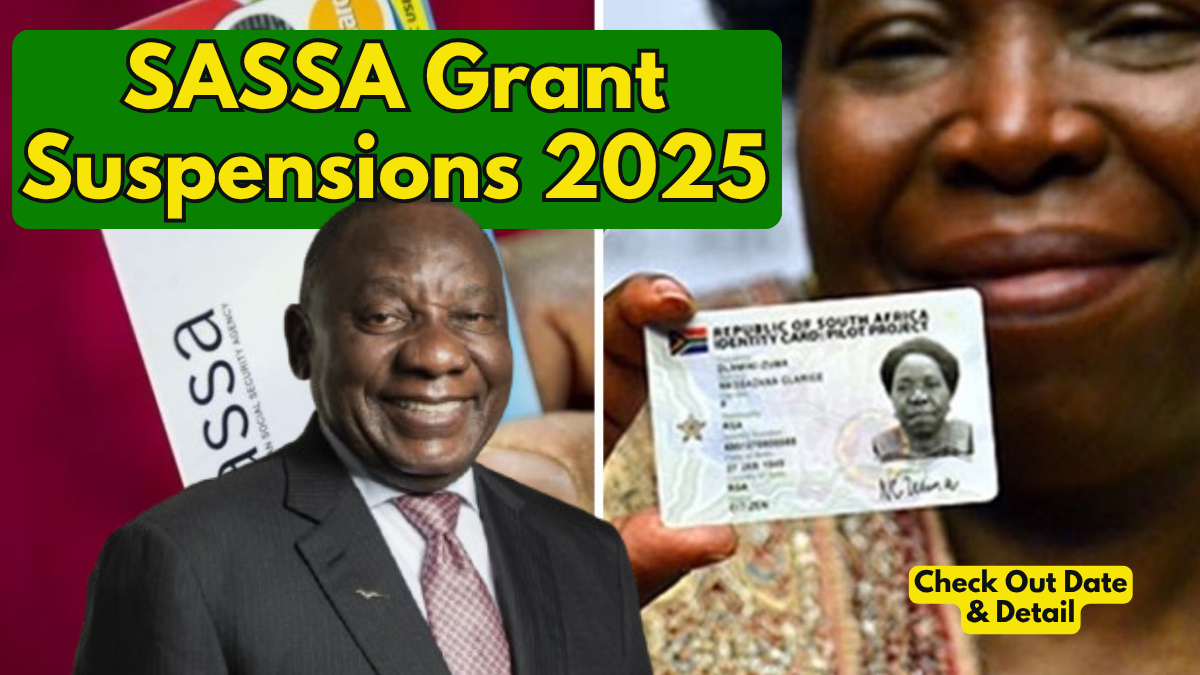Every year, thousands of Canadians face financial setbacks because they miss tax filing deadlines or fail to pay owed taxes on time. In 2025, the Canada Revenue Agency (CRA) continues to impose strict penalties for late filing and delayed payments. These penalties are designed to encourage taxpayers to meet their obligations promptly, ensuring the fairness and efficiency of the country’s tax system.
The CRA’s penalty system includes both fixed fines and daily compounded interest, which can quickly escalate even for small amounts of unpaid tax. Whether you are a salaried employee, self-employed professional, or small business owner, understanding the CRA’s deadlines and penalty calculations is crucial for avoiding unnecessary financial strain.
Summary Table
Particulars |
Details |
|---|---|
Authority |
Canada Revenue Agency (CRA) |
Applicable Year |
2025 (for 2024 tax year) |
Individual Filing Deadline |
April 30, 2025 |
Self-Employed Filing Deadline |
June 15, 2025 (payment still due April 30) |
Initial Late Filing Penalty |
5% of balance owing |
Monthly Additional Penalty |
1% per month (up to 12 months) |
Repeat Offender Penalty |
10% of balance + 2% per month (up to 20 months) |
Interest on Unpaid Taxes |
About 5% annually (compounded daily) |
Official Website |
CRA Tax Filing Deadlines for 2025
The CRA sets specific deadlines for filing your 2024 income tax return, which must be submitted in 2025.
Taxpayer Type |
Filing Deadline |
Payment Deadline |
|---|---|---|
Individuals (no business) |
April 30, 2025 |
April 30, 2025 |
Self-employed individuals |
June 15, 2025 |
April 30, 2025 |
Corporations |
Six months after fiscal year-end |
Two months after fiscal year-end |
It is essential to understand that self-employed taxpayers have extra time to file but must still pay by April 30 to avoid interest on any owed amount.
Consequences of Late Tax Filing
Failing to file your tax return on time can lead to two main financial penalties:
- Late filing penalties, which apply if you owe taxes and miss the deadline.
- Interest charges, which are calculated daily on any unpaid balance.
Both can significantly increase your tax liability, particularly if you have a large outstanding balance.
Late Filing Penalty Structure
The CRA calculates penalties as follows:
- Initial Penalty: 5% of the tax balance owing.
- Additional Monthly Penalty: 1% of the balance for each full month your return is late, up to 12 months.
Example:
If you owe $1,000 and file your return three months late, your penalty would be:
5% ($50) + 3% ($30) = $80 total penalty.
This is in addition to any interest charged on the unpaid tax balance.
Repeat Offender Penalty
If you were penalized for late filing in any of the previous three years, the CRA applies a higher repeat offender penalty:
- 10% of the tax balance owing, plus
- 2% for each full month the return is late, up to a maximum of 20 months.
This stricter penalty structure encourages consistent compliance and discourages habitual late filing.
Interest on Unpaid Taxes
The CRA charges daily compounded interest on all unpaid taxes beginning the day after your payment deadline. The interest rate changes quarterly, reflecting market trends and inflation.
In 2025, the expected interest rate is around 5% per annum, but the actual rate may vary. Interest continues to accrue until the full balance, including penalties, is paid.
Example of Interest Accrual
If you owe $1,000 and delay payment for three months, with an annual interest rate of 5%, the interest would add up daily, further increasing your total liability beyond the fixed penalties.
Table: CRA Late Filing Penalties and Interest (2025 Estimate)
Penalty Type |
Rate |
Duration |
Description |
|---|---|---|---|
Initial Penalty |
5% of balance owing |
Applied once |
Charged after missed deadline |
Additional Monthly Penalty |
1% per month |
Up to 12 months |
Accumulates until filed |
Repeat Offender Penalty |
10% + 2% per month |
Up to 20 months |
Applies if penalized before |
Interest Rate on Unpaid Tax |
About 5% per annum (daily compounding) |
Until payment |
Rate changes quarterly |
Exceptions and Relief Options
While penalties are strict, the CRA offers relief measures under certain conditions:
- No Balance Owing: If you file late but owe nothing, no late filing penalty is charged.
- Taxpayer Relief Provisions: If you can show the delay was caused by events beyond your control, such as serious illness, natural disaster, or family emergency, CRA may reduce or cancel penalties and interest.
- Voluntary Disclosures Program (VDP): If you correct your tax situation voluntarily before the CRA contacts you, you may qualify for relief from penalties.
Applying early for relief demonstrates good faith and increases your chances of approval.
How to Avoid Late Filing Penalties
To avoid penalties and interest, consider the following steps:
- File Early: Submit your return well before deadlines.
- Pay on Time: Even if you cannot file immediately, pay estimated taxes by April 30.
- Organize Records: Keep income statements, receipts, and deductions organized.
- Use CRA’s Online Services: Register for My Account to track payments and filings.
- Seek Help: Consult tax professionals or use certified software for complex filings.
If you are unable to pay in full, contact the CRA immediately to set up a payment arrangement and minimize interest.
Special Tips for Self-Employed and Business Owners
- Self-employed Individuals: File by June 15, 2025, but pay taxes by April 30, 2025.
- Corporations: Check your fiscal year-end carefully and ensure filings are done within six months.
- Frequent Late Filers: If you missed deadlines in the past, use CRA’s Voluntary Disclosure Program to regularize your records before stricter penalties apply.
Frequently Asked Questions (FAQs)
1. What is the CRA late filing penalty for 2025?
It is 5% of the taxes owed plus 1% per month for up to 12 months. Repeat offenders face 10% plus 2% monthly penalties.
2. Do self-employed individuals have a later tax deadline?
Yes. Self-employed individuals must file by June 15, 2025, but taxes owed must still be paid by April 30, 2025.
3. Will I be penalized if I file late but owe no tax?
No, if you owe no tax, CRA generally does not charge a late filing penalty.
4. Can I request relief from penalties or interest?
Yes. You can apply under CRA’s Taxpayer Relief Provisions or Voluntary Disclosures Program if the delay was beyond your control.
5. What is the interest rate on unpaid taxes in 2025?
The interest rate is approximately 5% per year, compounded daily, but it may change quarterly.
Conclusion
The Canada Late Tax Filing Penalty 2025 framework emphasizes the importance of punctual compliance. Late returns not only trigger immediate penalties but can also lead to compounded daily interest that grows quickly.
By understanding the CRA’s deadlines, penalty structures, and available relief measures, taxpayers can avoid unnecessary financial stress and maintain a clean tax record. Filing and paying on time remains the simplest and most effective way to protect your finances and avoid costly penalties.
Official Website: https://www.canada.ca
For More Information Click HERE












